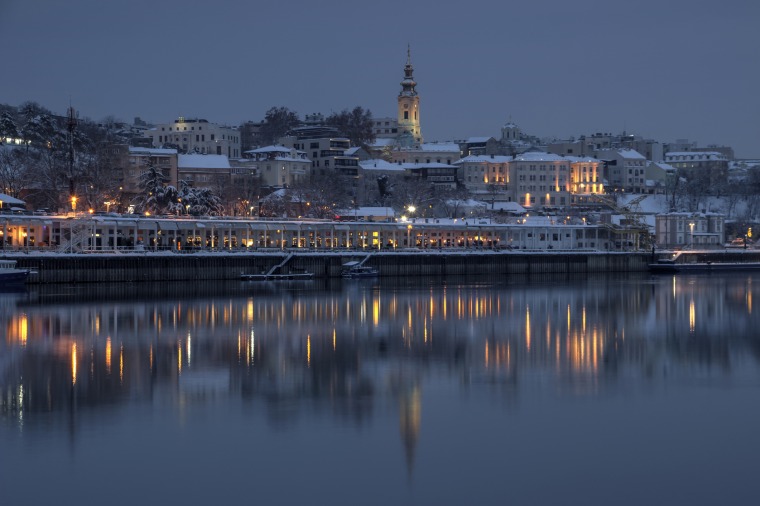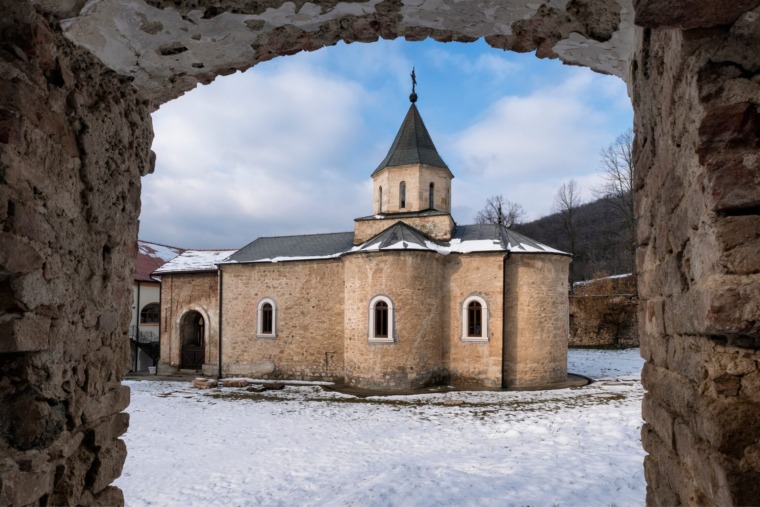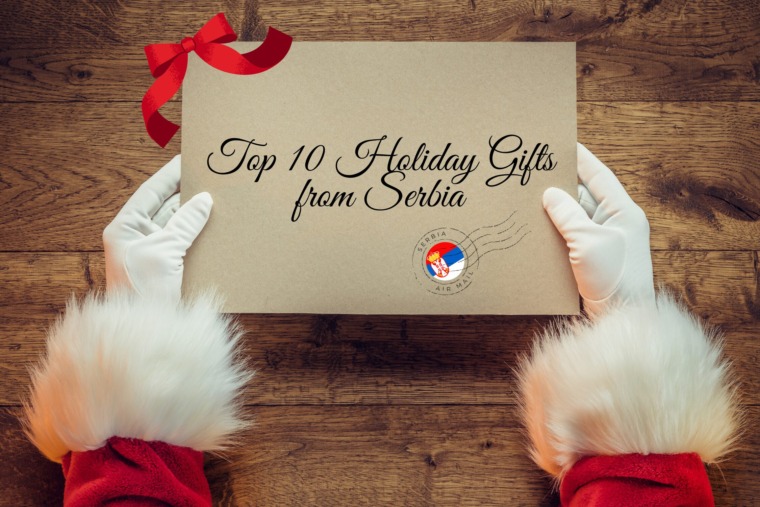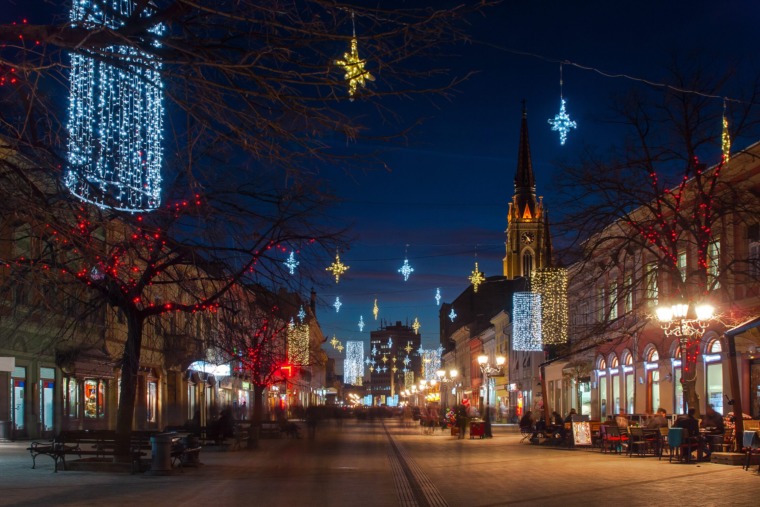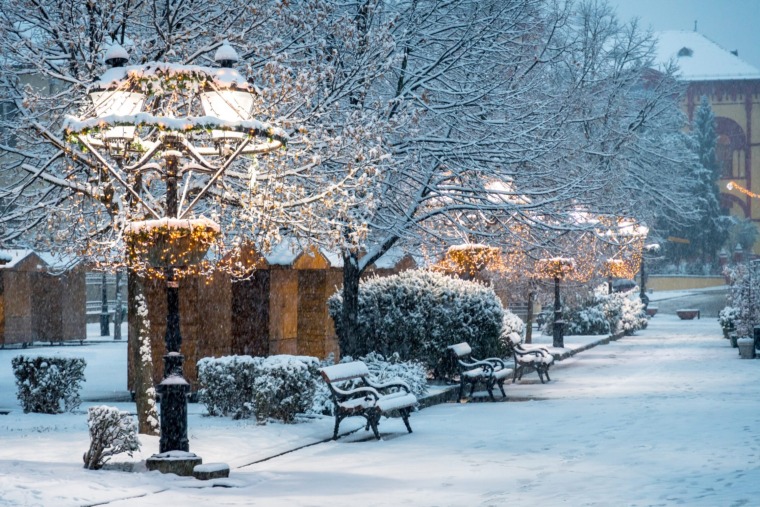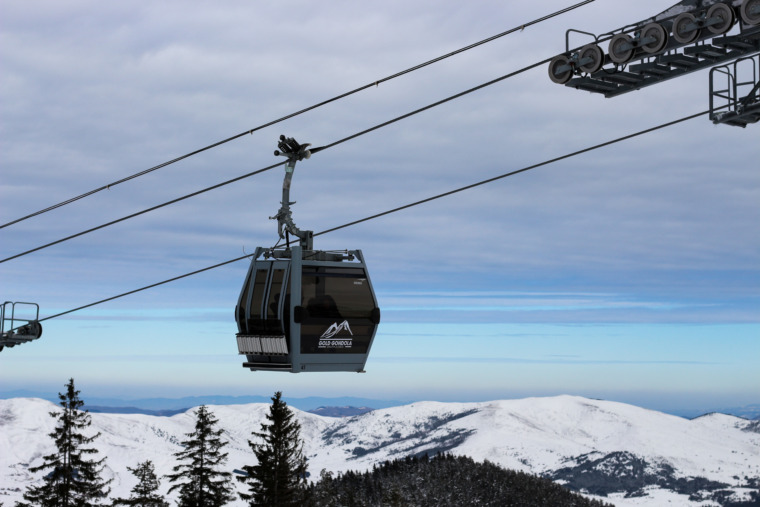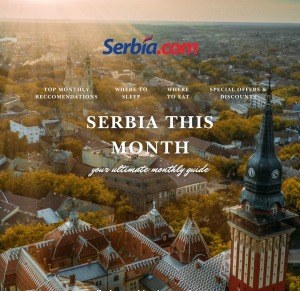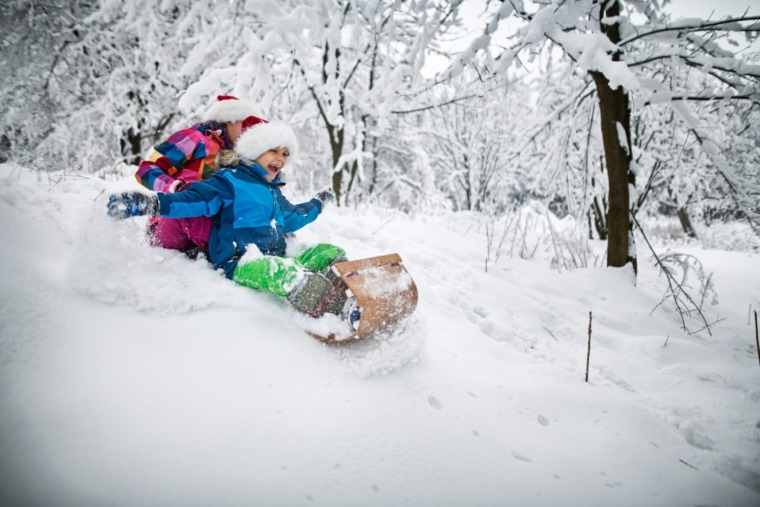

Nestled in the geographic center of Serbia, Šumadija is a region that pulses with history, tradition, and unspoiled nature. As the cradle of modern Serbian statehood, it witnessed the first flames of independence and has since evolved into a cultural and natural treasure trove. Covered in rolling green hills, forests, vineyards, and lively towns, Šumadija is perfect for travelers who seek both reflection and adventure.
📍 Where Is Šumadija?
Šumadija spans from Belgrade and Smederevo in the north, down to Kraljevo and parts of Gruža in the south. The Great Morava River borders it to the east and Kolubara River to the west. The region includes cities and towns such as Kragujevac, Aranđelovac, Topola, Gornji Milanovac, Mladenovac, Smederevska Palanka, Knić, and Lazarevac.
Cultural and Historical Heritage
Kragujevac – First Capital of Modern Serbia
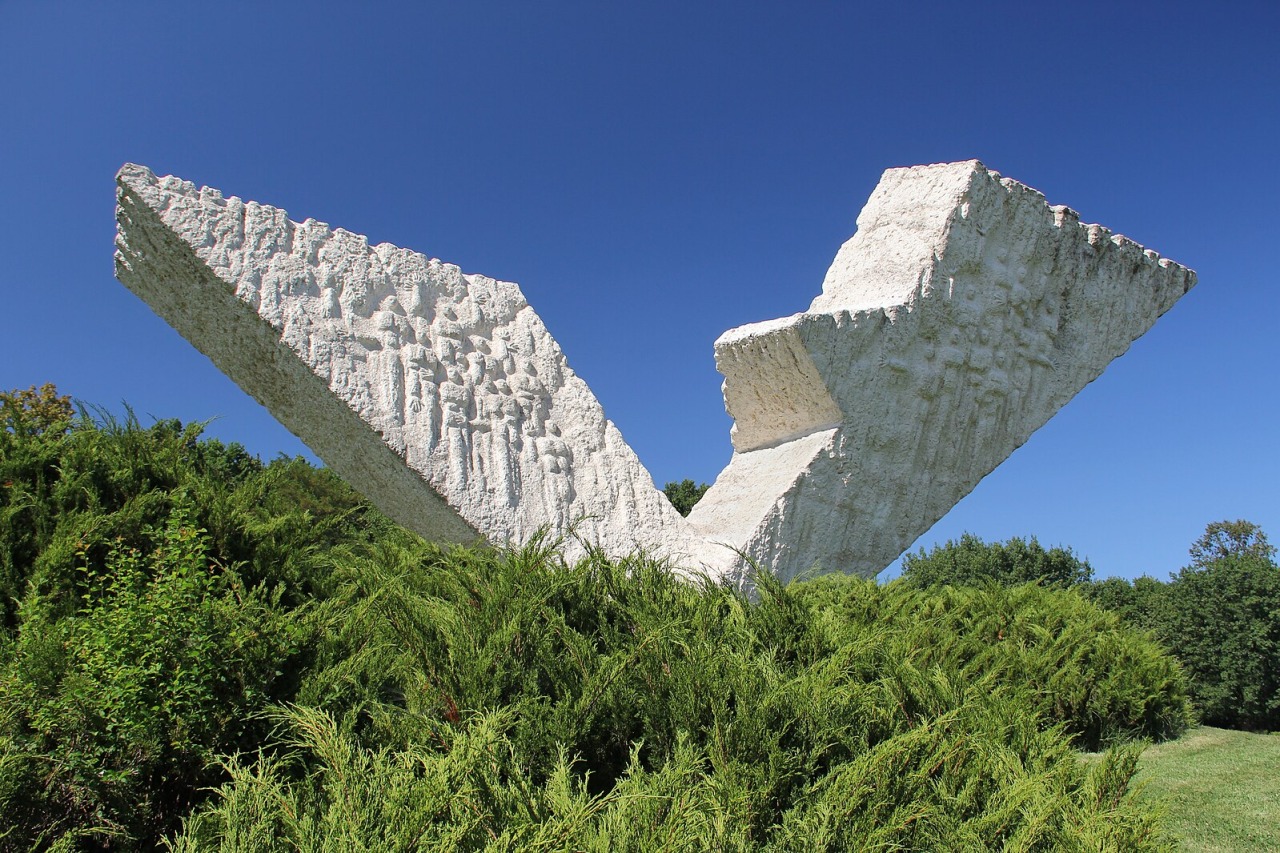
This industrial and cultural center was the first capital of modern Serbia (1818–1841) under Prince Miloš Obrenović. Known for its historical importance, it played a vital role in Serbia’s fight for autonomy.
What to See:
- Šumarice Memorial Park & Museum (October 21st Memorial Complex): A deeply moving site commemorating the WWII massacre of thousands of civilians by the Nazis.
- The Old Church of Descent of the Holy Spirit: A symbol of the early 19th-century Serbian revival.
- Prince Miloš’s Court and Old Foundry Museum: Part of Serbia’s first industrial complex, now a cultural center.
- Kragujevac Grammar School: The oldest Serbian high school, still operating today.
- National Theater & Gallery of the National Museum
Kragujevac is also home to a vibrant student community and is known for its Fića automobile history.
Topola & Oplenac – Royal Legacies of Karađorđević Dynasty
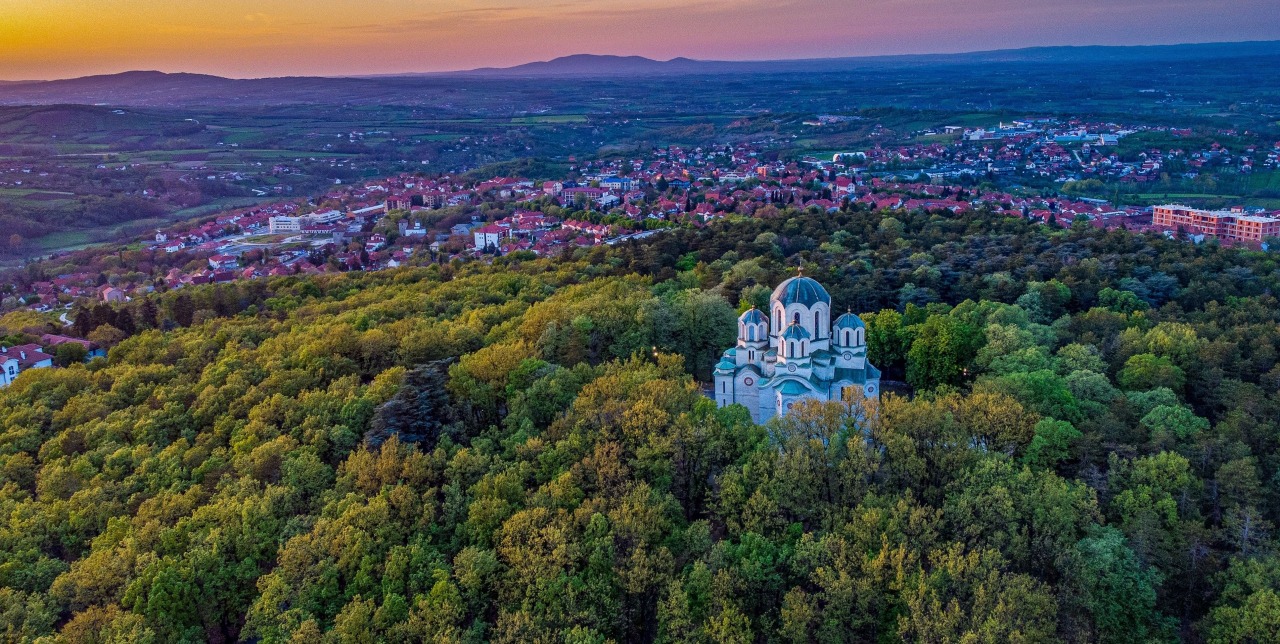
This area is inseparably linked with Karađorđe Petrović, the leader of the First Serbian Uprising, and later with the royal Karađorđević family.
Highlights:
- Oplenac Mausoleum (St. George’s Church): A gleaming white-marble church with a dome overlooking vineyards. Its interior is covered in mosaics made from millions of colored tiles, reproducing famous Serbian frescoes.
- The Royal Complex: Includes King Peter’s House, a wine cellar with vintage bottles, and a museum of royal artifacts.
- Topola town: With Karađorđe’s Tower and remnants of fortifications.
Every autumn, Topola hosts the Oplenac Grape Harvest Festival, celebrating the wine tradition with music, parades, and tastings.
Čačak – Where Ancient Roots Meet Modern Spirit
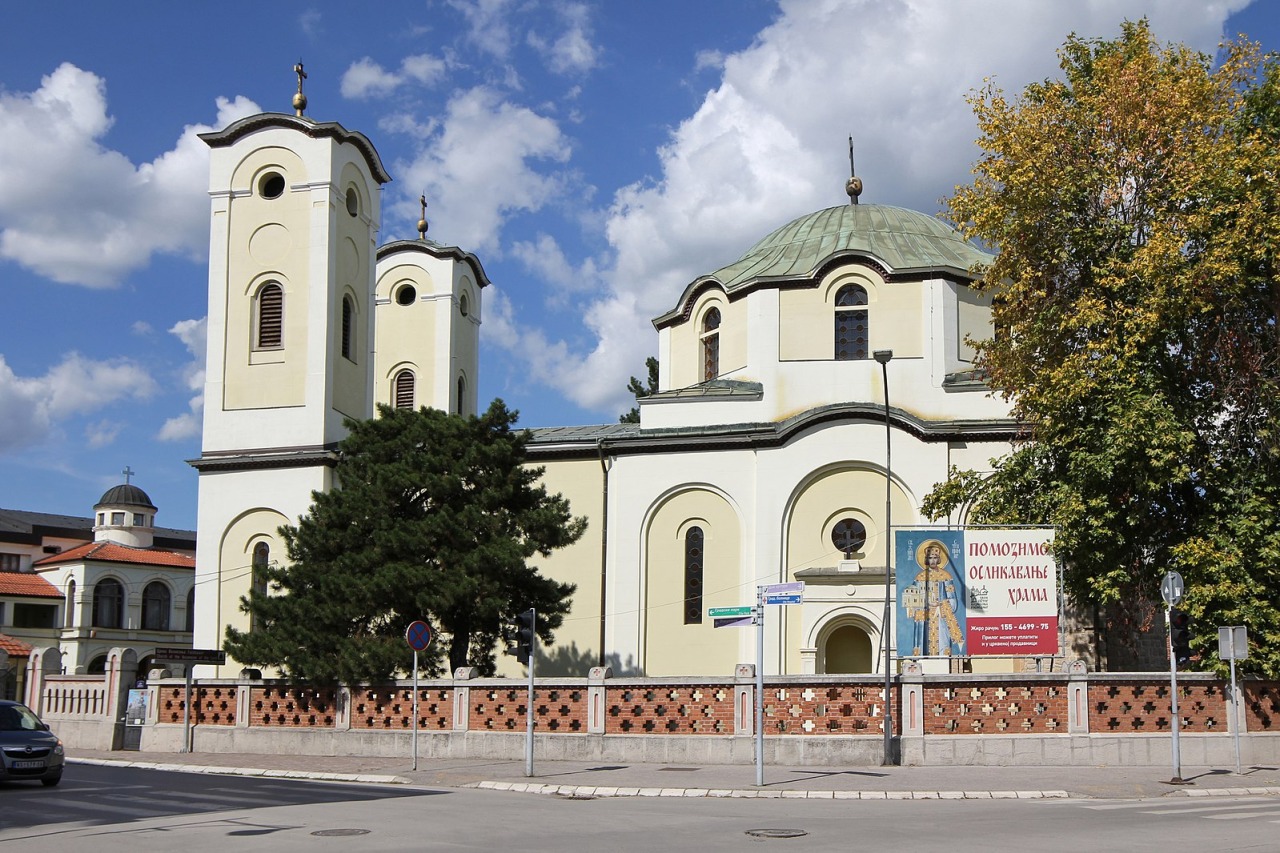
Located on the banks of the Zapadna Morava River, Čačak is a dynamic city known for its cultural vibrancy, rich history, and beautiful natural surroundings. It serves as a bridge between Šumadija and western Serbia, and it is often called “the city under Ovčar and Kablar”, after the two mountains guarding the river gorge nearby.
Top things to see and do in and around Čačak:
🏛 National Museum and Roman Baths
The city is built on ancient Roman foundations — remains of Roman thermae (baths) can be visited in the city center, alongside a well-curated museum that tells the story of Čačak from prehistoric to modern times.
⛰ Ovčar-Kablar Gorge
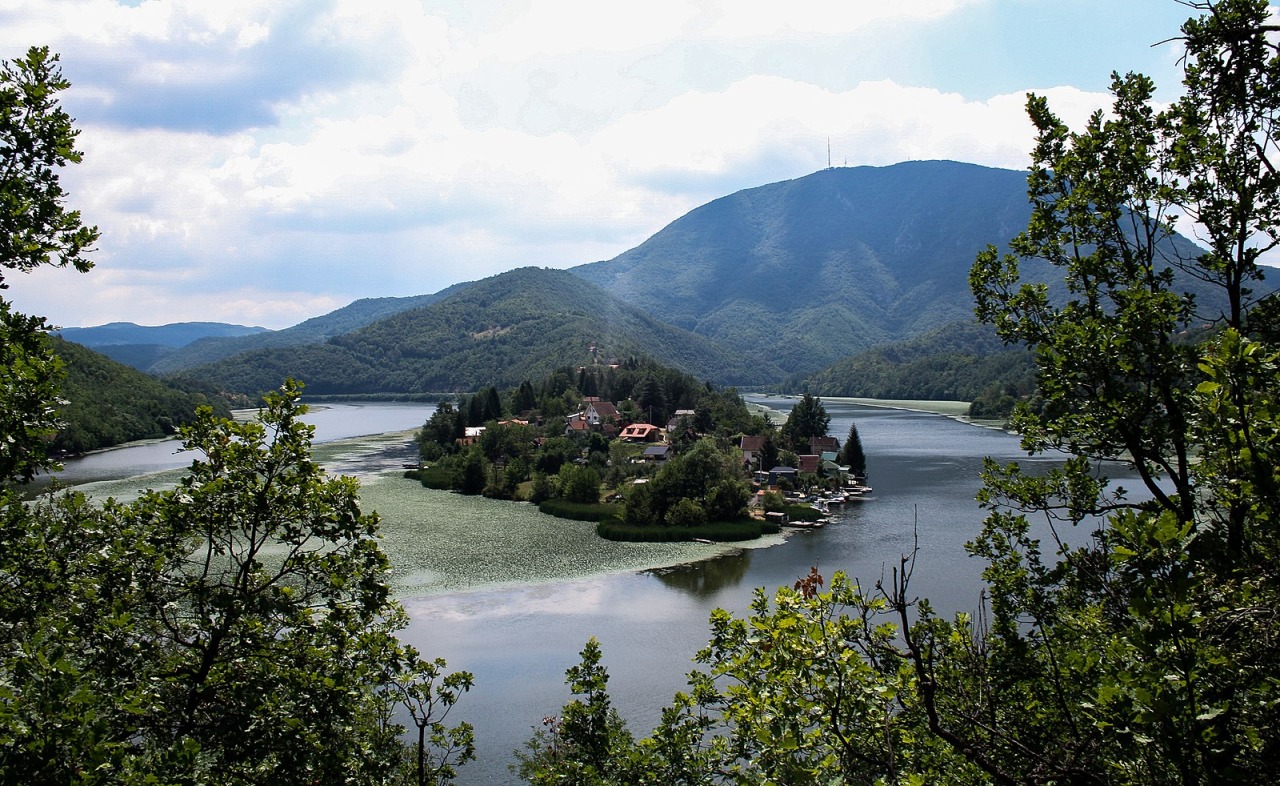
Just a short drive away lies one of the most stunning natural landmarks in Serbia — Ovčar-Kablar Gorge, where the Morava River twists between two towering mountains.
- Perfect for hiking, kayaking, and panoramic viewpoints
- Known as the “Serbian Mount Athos” due to the presence of over ten historic monasteries, including Blagoveštenje, Nikolje, Uspenje, and Jovanje
- Don’t miss the spa center Ovčar Banja, which offers thermal waters and wellness treatments
- Climb to the Kablar viewpoint for one of the most photographed vistas in Serbia
🎨 Nadežda Petrović Gallery
Named after the famed painter born in Čačak, this modern gallery houses both classical and contemporary art and supports young Serbian artists.
🍷 Food and wine
The area around Čačak is dotted with fruit orchards, vineyards, and dairy farms. Make sure to try local cheeses, Čačak apples and plums, and regional rakija.
Aranđelovac & Bukovička Banja – Spa, Sculpture & Prehistoric Caves
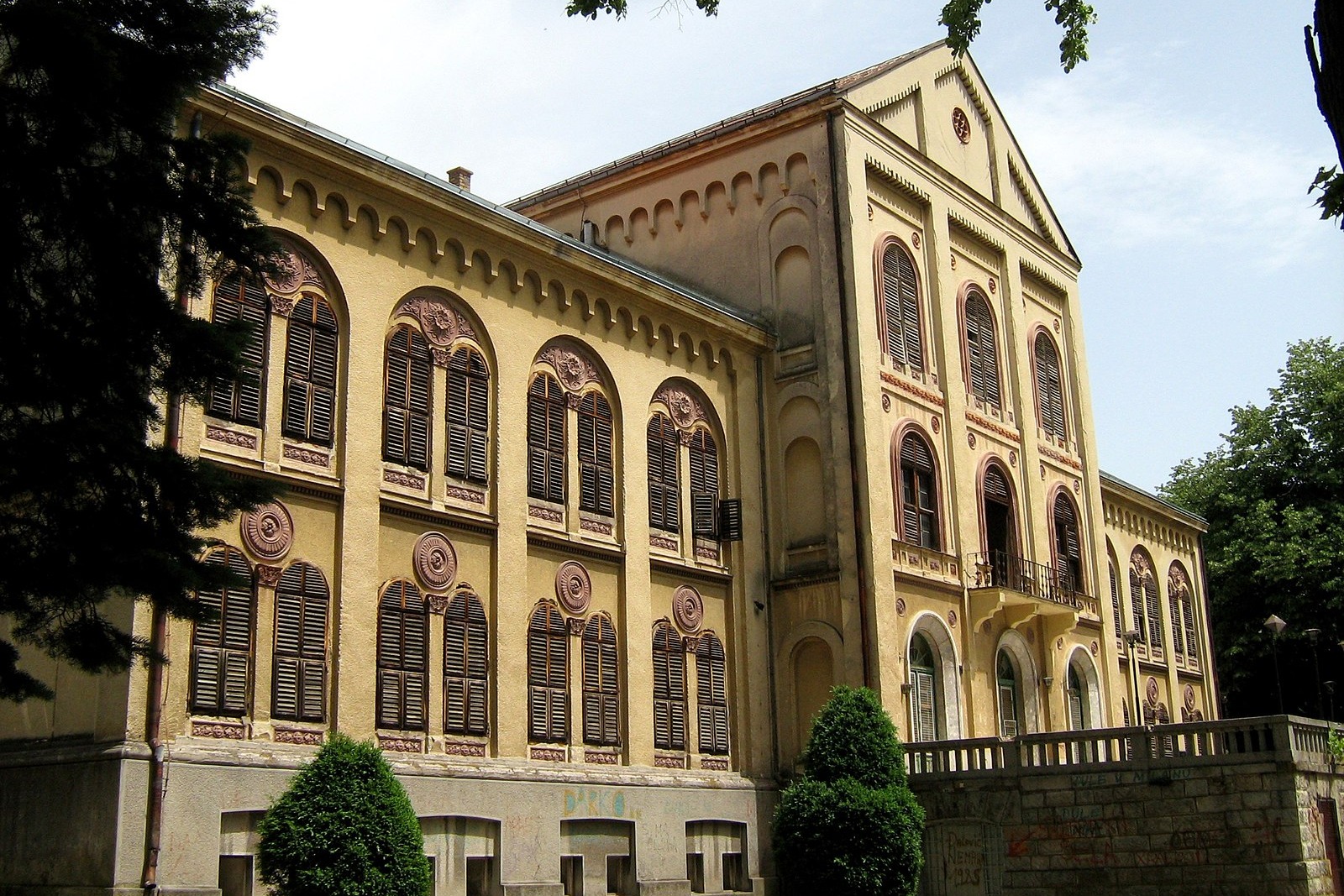
A lovely spa town at the foot of Bukumirska Gora, Aranđelovac has long attracted visitors with its healing mineral waters and elegant parks.
What to explore:
- Bukovička Spa Park: Featuring dozens of marble sculptures from the international sculpture symposium “White Vencač”, it blends art with relaxation.
- Bukulja Mountain: a popular local getaway known for its dense beech and oak forests, fresh air, and easy hiking trails. It’s ideal for nature lovers who want a short adventure after visiting the spa or park below.
- Risovača Cave: An important Paleolithic site where remains of prehistoric humans and animals were discovered. The cave is open to visitors and has a small exhibition.
- Old Spa Hotel & Mineral Springs: Still functional and charming, dating from the 19th century.
- Vencac Quarry: The white marble from here was used to build Oplenac.
Smederevo – The Last Serbian Capital Before the Fall
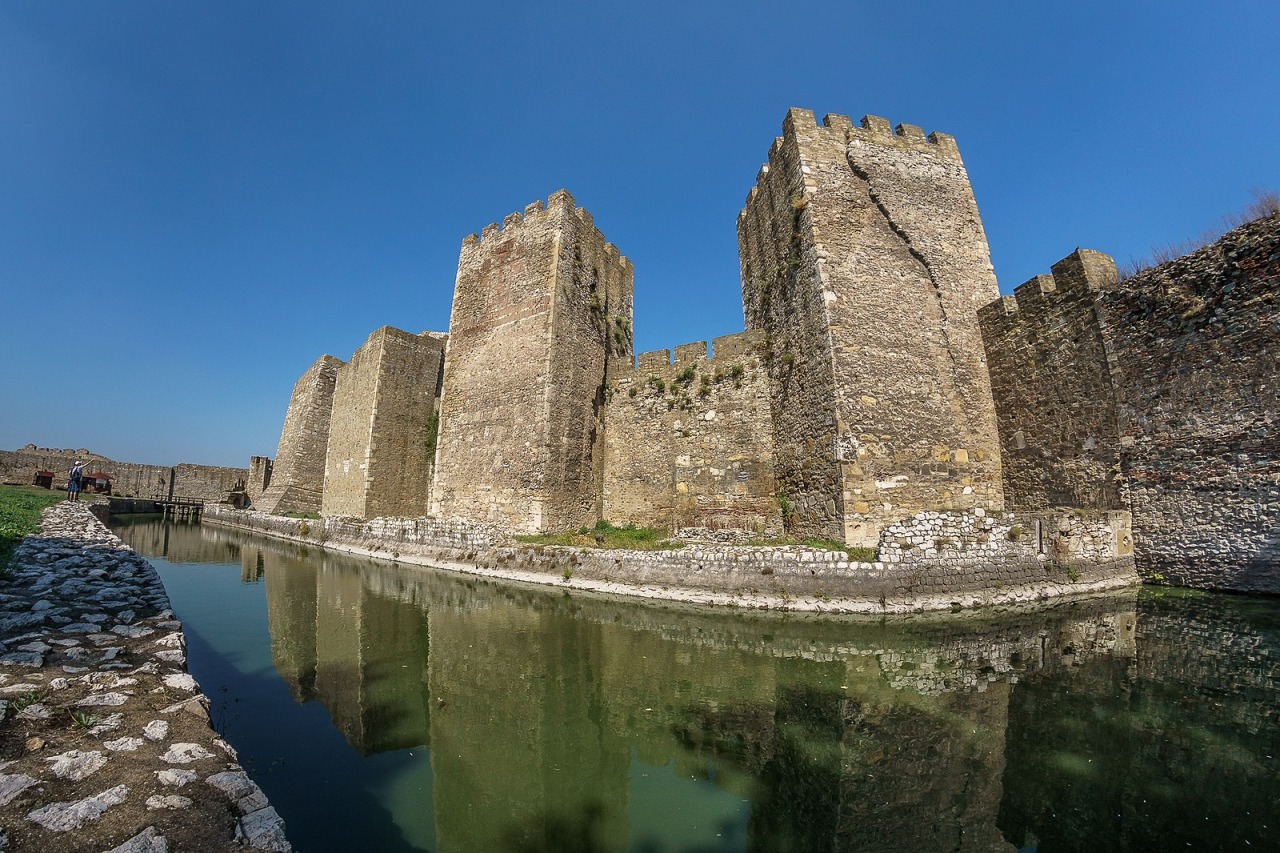
Set on the banks of the Danube River, just 45 km from Belgrade, Smederevo was the last capital of medieval Serbia before the Ottoman conquest. This city holds powerful symbolism and is one of the best-preserved historical urban centers in the country.
🏰 Smederevo Fortress
Built in the 15th century by Despot Đurađ Branković, this massive triangular fortress is one of the largest flatland fortresses in Europe. It once guarded the Serbian Despotate and the crucial Danube trade route.
- Open for visits with walls, towers, and panoramic walks
- Often hosts medieval fairs, concerts, and festivals
- The Smederevo Autumn Festival (Smederevska Jesen) celebrates the grape harvest with a mix of tradition and wine tasting
🍇 Wine and Vineyards
Smederevo is the homeland of the Smederevka grape variety, which has been cultivated here for centuries. Visit local wineries to experience:
- Wine tastings and vineyard tours
- Authentic Serbian food paired with local wines
- Family-run cellars and modern wine estates
🛶 The Danube Promenade
For a relaxed experience, stroll along the Danube riverside, enjoy views of fishing boats and swans, or take a boat tour on the river.
Gornji Milanovac – Town of Quiet Importance
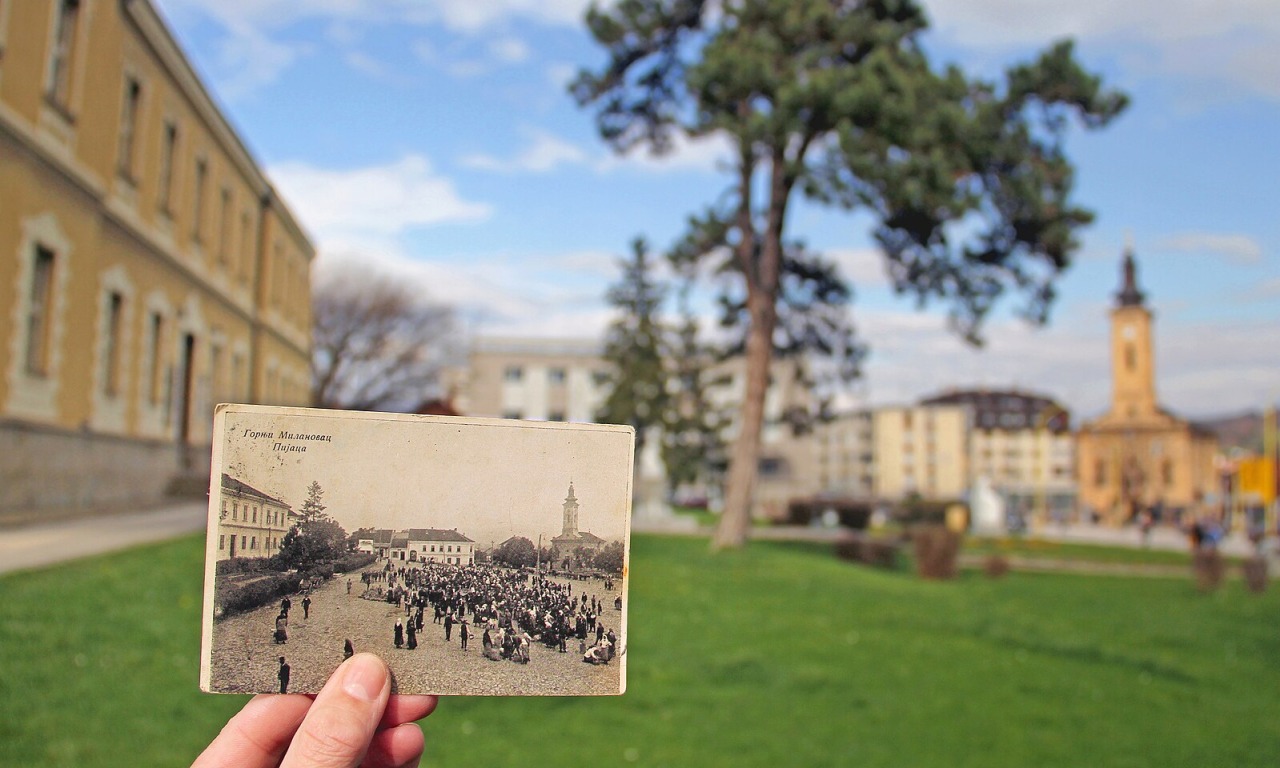
Founded by Prince Miloš, this town is known for its role in the Second Serbian Uprising, Serbia’s first newspaper, and home to cultural resilience.
Near Gornji Milanovac:
- Takovo: The place where Miloš Obrenović raised the Second Serbian Uprising in 1815. A symbolic oak tree and a museum preserve the legacy.
- Savina Voda: A spring near Takovo believed to have healing properties and mystical energy.
- Pranjani: A WWII historical site where American and Serbian forces cooperated during Operation Halyard, one of the largest air rescue missions behind enemy lines.
🌄 Natural Beauty of Šumadija
Rudnik Mountain – The Roof of Šumadija
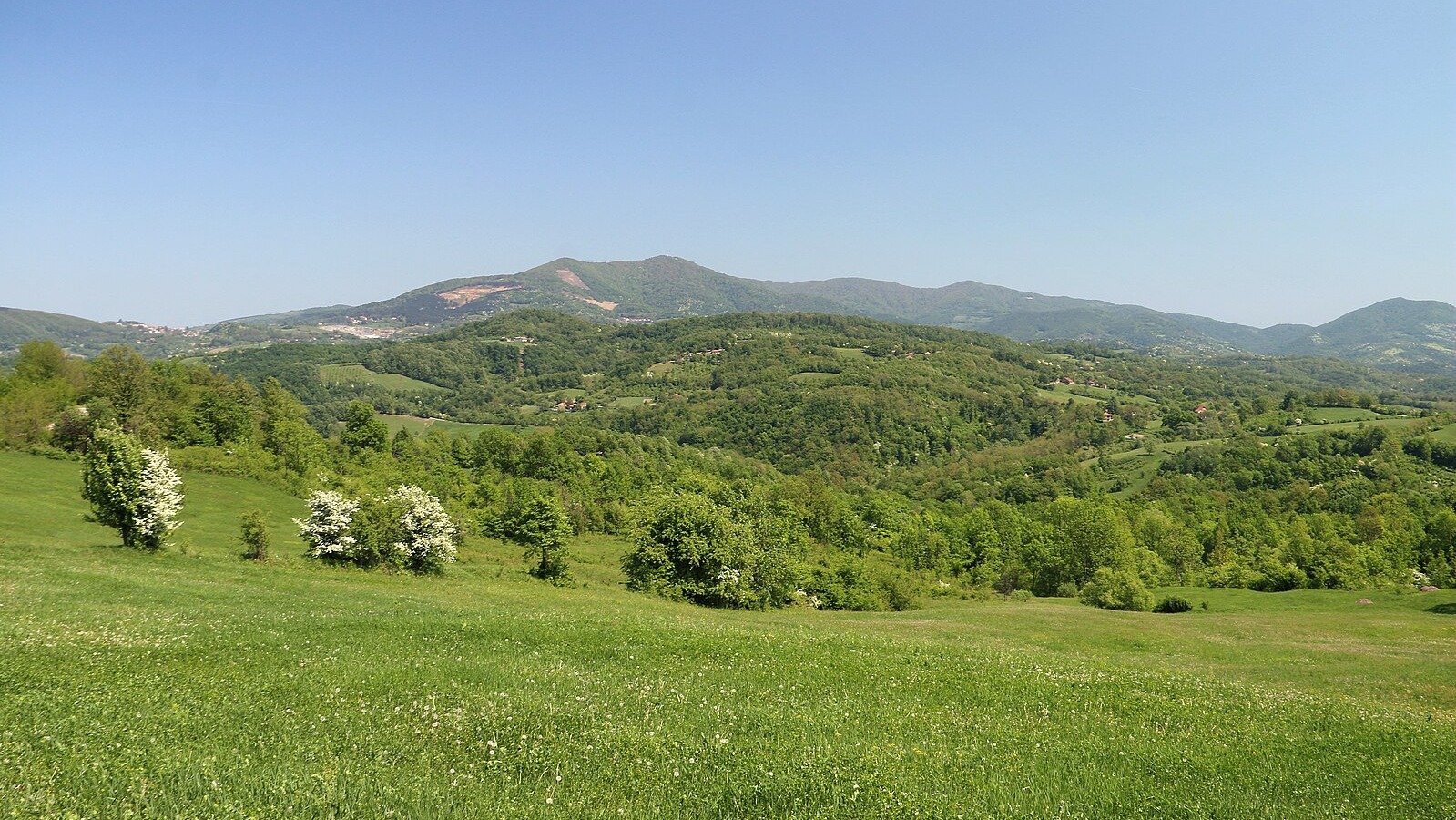
At 1,132 m, Rudnik dominates the Šumadija skyline. Once rich in silver and copper, it was mined by the Romans and later the medieval Serbian state.
What to do:
- Hiking and biking trails through pine and beech forests
- Visit ancient mine sites and viewpoints like Cvijić’s Peak
- Stay in eco-lodges or visit the Rudnik Spa, with thermal springs
Kosmaj Mountain – A Quick Escape from Belgrade
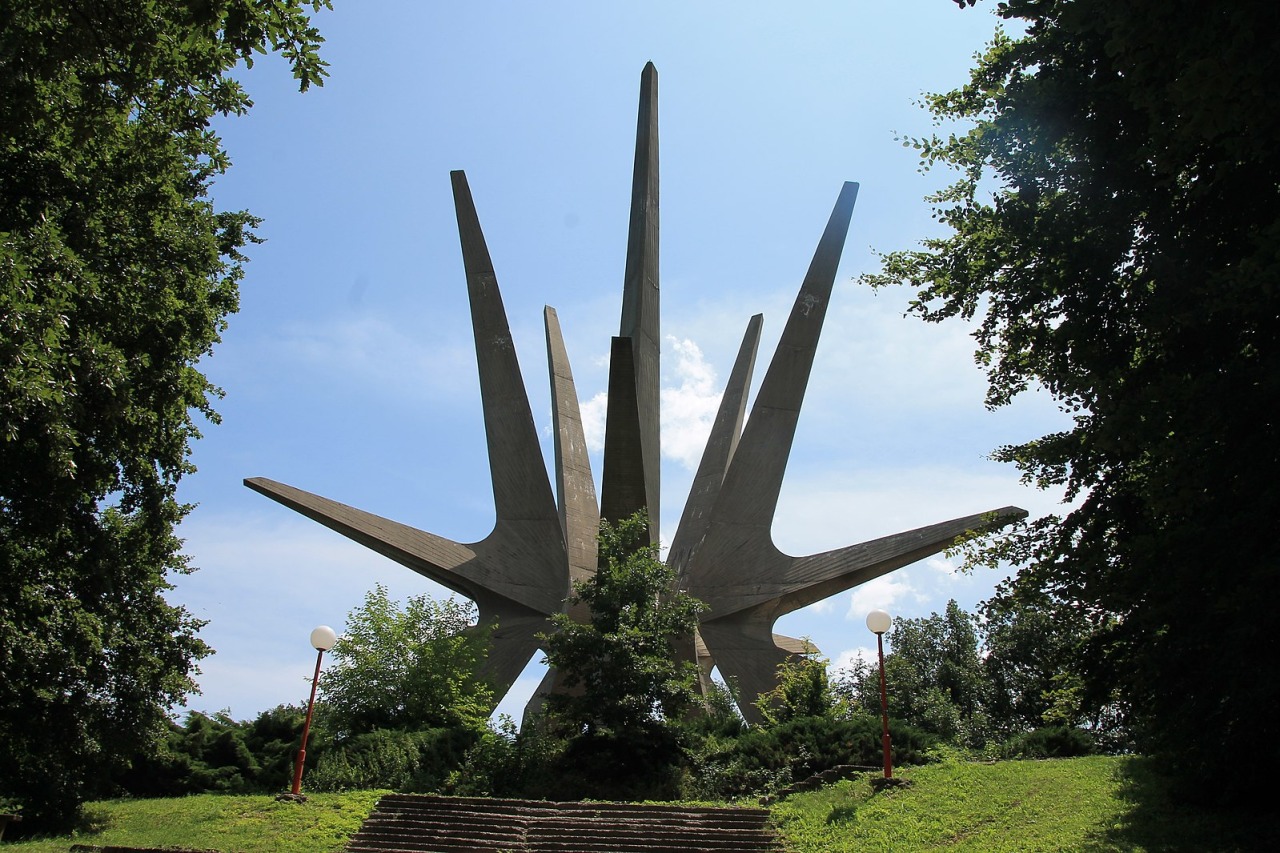
Only an hour from Belgrade, Kosmaj (628 m) is a weekend haven.
Points of interest:
- The monumental WWII Partisan memorial, a concrete masterpiece amid the forest
- Monasteries such as Tresije, Pavlovac, and Kastaljan, tucked among the trees
- Picnic areas, forest walks, and panoramic views of Belgrade on clear days
Gledić Mountains – Peace and Authenticity
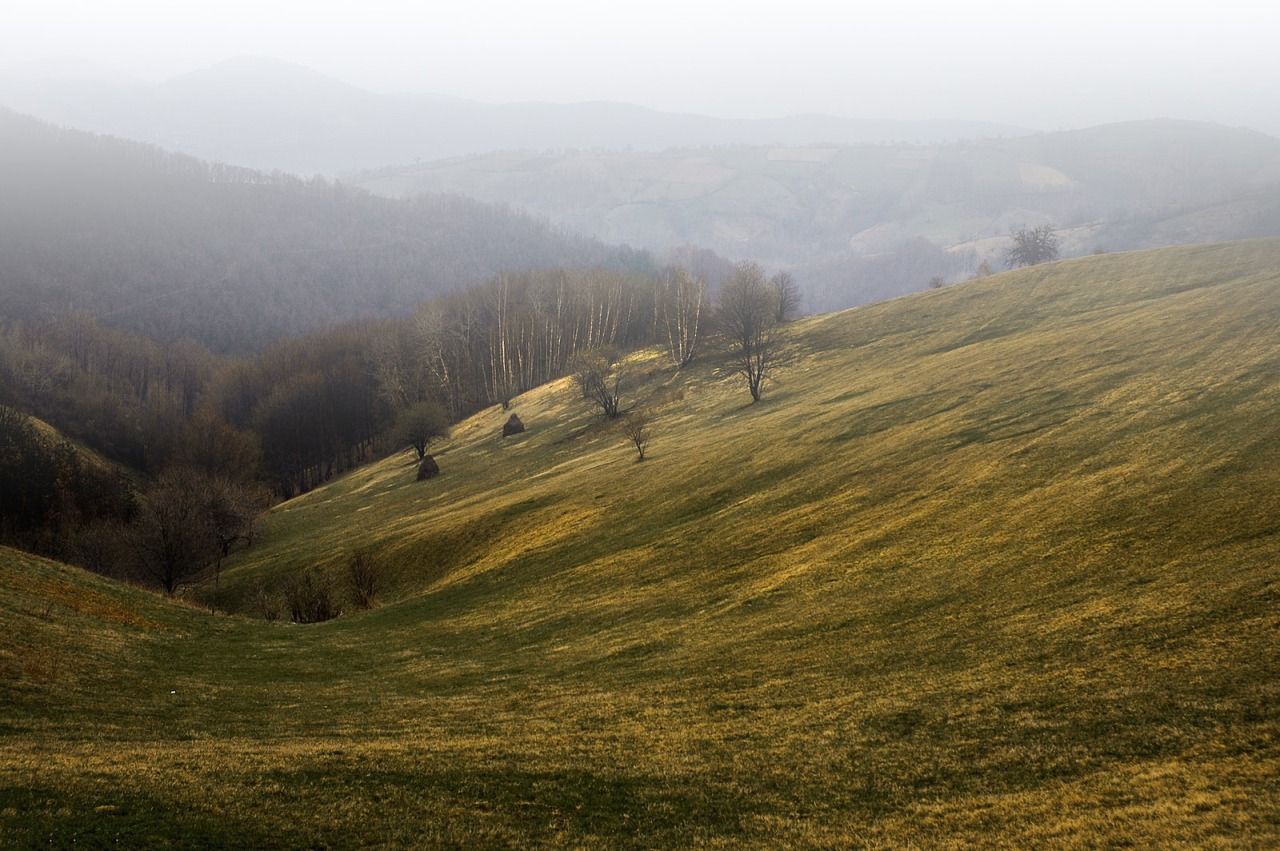
A lesser-known jewel of Šumadija, the Gledić mountains (922 m) stretch between Kragujevac and Trstenik, dotted with tiny hamlets and wooden homes.
Why visit:
- Quiet trails and untouched nature
- Stay in rural homesteads where you can help bake bread or distill rakija
- Visit hidden churches and monasteries like Blagoveštenje and Kalenić
- Discover folk traditions and crafts passed down for generations
Gruža Lake – Tranquil Waters of the Countryside

Formed by the damming of the Gruža River, this lake is a peaceful retreat near Knić.
What to enjoy:
- Birdwatching, especially herons and wild ducks
- Fishing and kayaking
- Lakeside cottages and small family farms offering fresh produce
- Local taverns with grilled fish and countryside specialties
🧀 What to Taste in Šumadija
Šumadija offers rustic, flavorful cuisine and strong drinks:
- Šumadijski čaj: A shot of rakija boiled with sugar, a signature drink during cold months
- Karađorđeva šnicla: Breaded, stuffed meat cutlet named after the Serbian revolutionary
- Roasted lamb and veal “under the bell” (ispod sača)
- Homemade cheeses, smoked meats, and ajvar
- Wine tasting at wineries like Aleksić, Royal Winery Oplenac, and small family producers
- Try plum dumplings, slatko (fruit preserve), and homemade fruit rakija

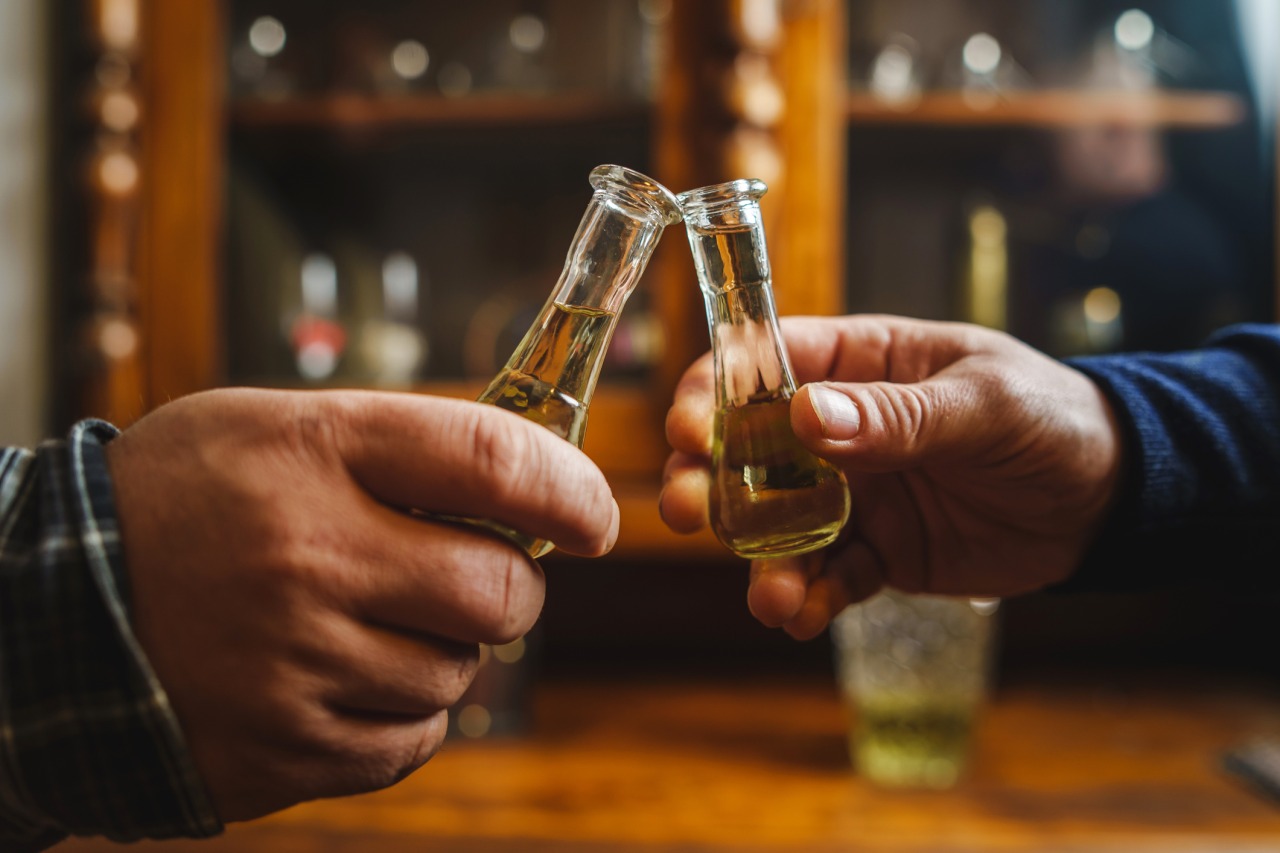
Spiritual and Monastic Sites
- Manastir Ilinje (Ilinje Monastery): A serene, lesser-known Orthodox monastery offering peace, simplicity, and a spiritual atmosphere.
- Nikolje Monastery (Rudnik): A beautiful setting with frescoes and spiritual energy
- Jovanje Monastery: One of the most significant among the so-called “Serbian Mount Athos” monasteries.
- Blagoveštenje Monastery: Near Gledić, surrounded by forests and solitude
- Many smaller chapels and hermitages await discovery on forest trails
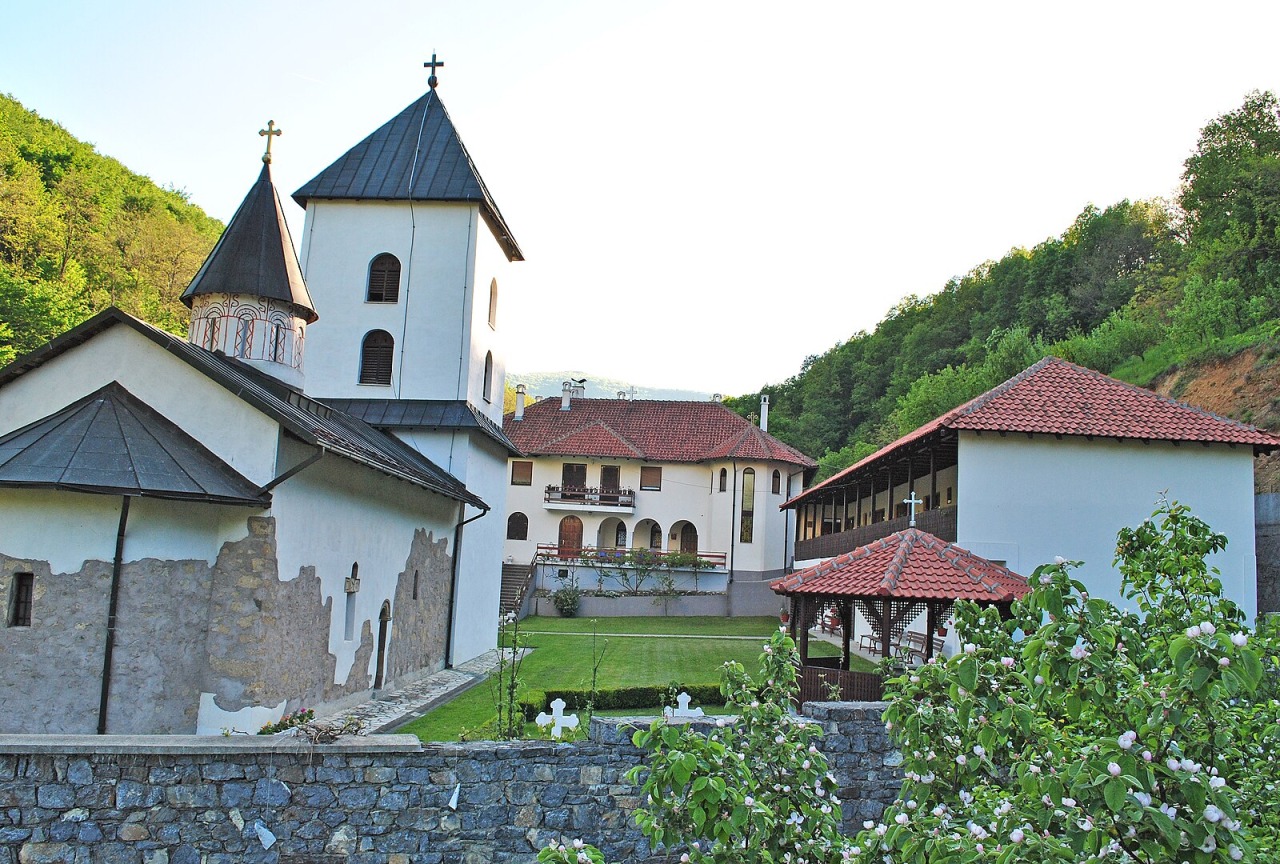
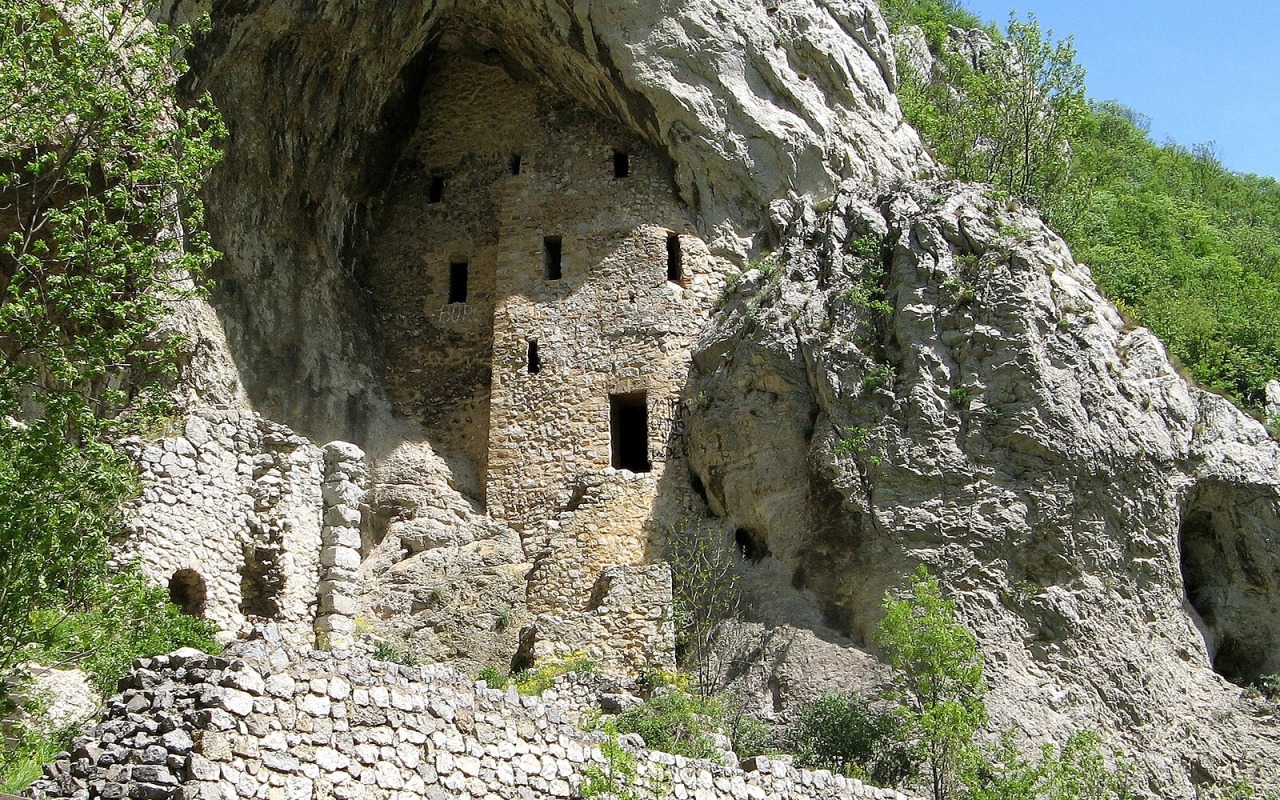
🧭 Tips for Visitors
- Explore the Šumadija Wine Route from Topola to Aranđelovac
- Stay in a rural household and experience authentic village life
- Time your visit with events like the Oplenac Wine Harvest Festival, Risovača Days, or Sumadija Fair in Kragujevac
- Take scenic drives from Kosmaj to Rudnik or through the Gledić mountains
- Visit during spring or autumn for the best views and local festivals
Šumadija is Serbia’s heartland not just in location, but in identity. It’s a region where heroism, heritage, hospitality, and harmony blend together beautifully. Whether you seek history, healing springs, soul-soothing forests, or royal mosaics—you’ll find it in Šumadija.
Related Articles

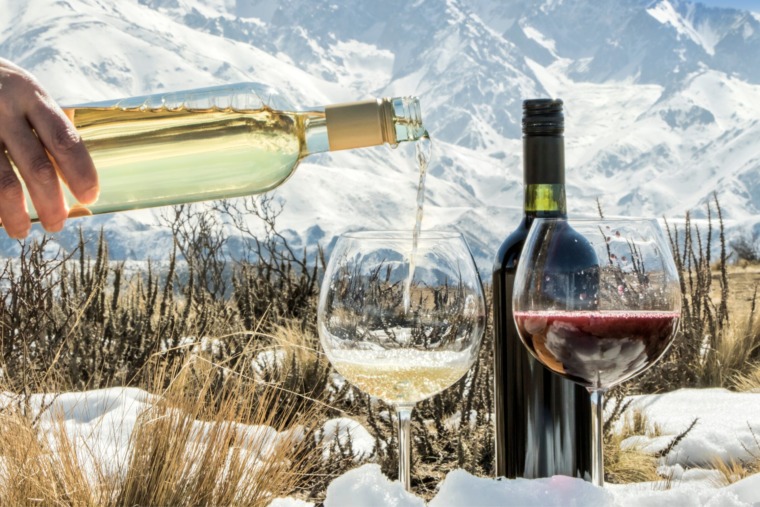
Winter Wine Escape: Serbia’s Most Beautiful Holiday Wineries
December 11, 2025